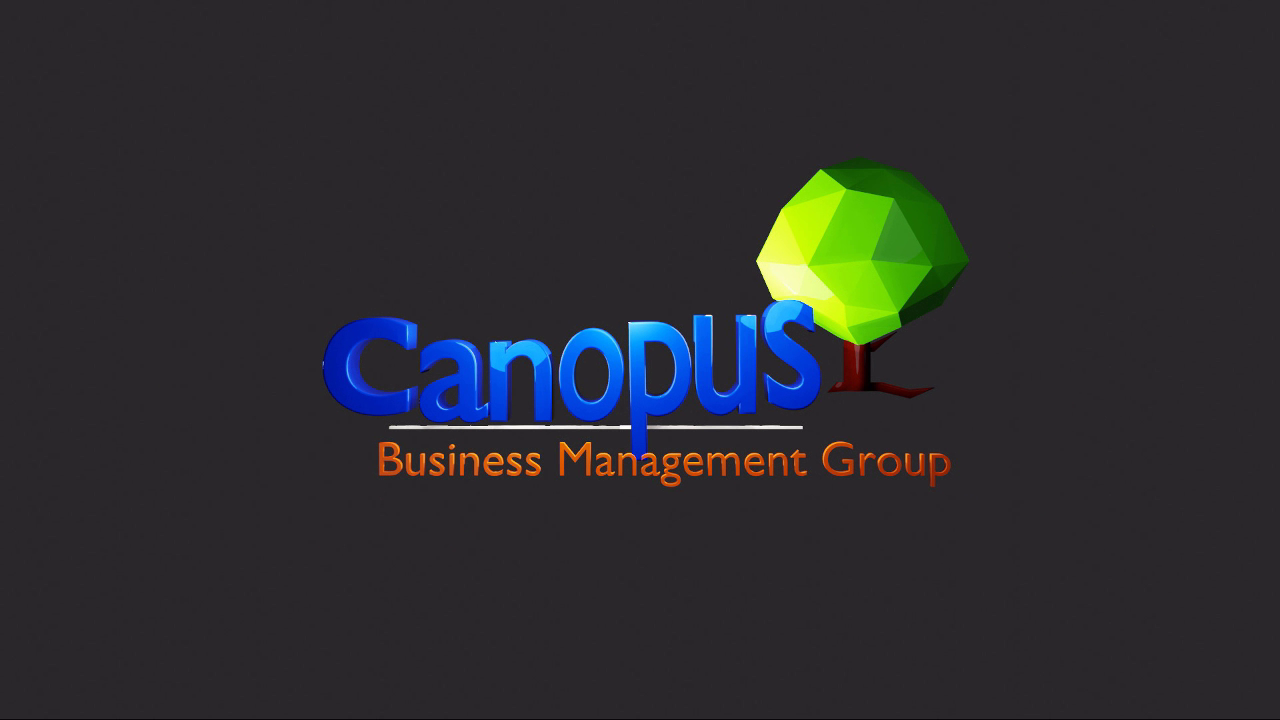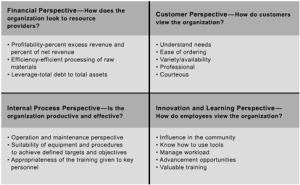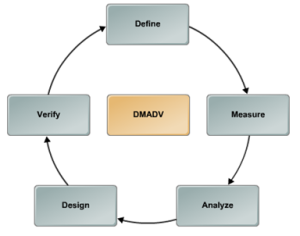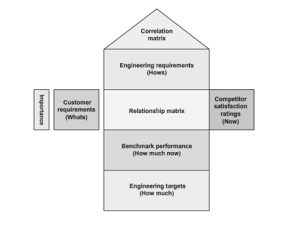Criteria for Successful Lean Six Sigma Project.
In a recent Lean Six Sigma Project kick-off meeting of one of my clients, after the teams presented their project charters, the business leader made an extempore announcement that the best and most successful Lean Six Sigma project will receive a special recognition and the team members will be lucratively rewarded. Immediately few of them […]
Good Projects are Backed by Good Processes
Whatever is the nature of your business, innovation is critical today. In order to survive competition and be the customers’ choice, you need to come up with really new products and services. All it means is that your ability to manage the change is a direct measure of your success. In other words, timely launch […]
Need for Six Sigma and Goals of Six Sigma
The Six Sigma is an approach to business process improvement and performance management which encompasses a statistical and method-driven process. In order to effectively deploy the process in your organization, it is necessary to identify the basic elements that drive the Six Sigma methodology. Knowledge of the Six Sigma fundamentals is the first step toward […]
Explain about the evolution of Six Sigma?
Six Sigma is a combination of the best elements of various quality improvement methodologies and a rigorous statistic-driven approach to performance improvement. The term “Six Sigma” was coined by Bill Smith, an engineer at Motorola. Six Sigma, in the present form, originated in the early 1980s at Motorola as a tool for reducing product-failure levels […]
What is Balanced Scorecard?
A Balanced Scorecard (BSC) is a strategic performance management framework for measuring the impact of strategic decisions across all organizational drivers of an organization. A BSC provides a wider perspective on strategic decisions made by an organization by measuring the impact on key business drivers such as finance, customer requirements, internal processes, innovation, and growth perspectives. The […]
TQM and PDCA
Total Quality Management (TQM) is a structured system focused on satisfying customers by involving all members of an organization in improving the quality of products, processes, and resources. Sustained customer satisfaction, its main objective, is accomplished through systematic methods for problem solving, breakthrough achievement, and standardization derived from teaching quality leaders such as Philip B. Crosby, W. […]
Value Added Activities and Non-Value Added Activities
A value-added activity is any activity that increases the worth of a product or service. It directly contributes to meeting customer requirements, and customers are willing to pay for it. Value-added activities also generate a positive ROI for an organization. Without these activities, the process will be affected. A lean team should analyze if activities in […]
Example of application of DMAIC methodology in IT sector
In the Define phase, the Six Sigma team in a software product development company found that customers identified many issues in the beta version of its software. However, if all the issues raised were to be fixed, timelines would slip and the budget would increase. The team then calculated the number of changes and the […]
What is IDOV roadmap of DFSS approach?
Identify The voice of the customer (VOC) is gathered and converted into technical requirements in this phase. A business case is then established and a project charter is prepared along with milestones. A team is also formed to carry out the project. Roles and responsibilities of the team members are also set during this phase. […]
What is DMADV?
Another roadmap of DFSS is DMADV, an acronym for five interconnected phases, namely Define, Measure, Analyze, Design, and Verify. This methodology is used in projects that involve creating a new product or process design. Buy Canopus LSS GB Certification Online Course Click Here Define – The project goals are defined so that they are in line with customer requirements […]
How is DFSS different from DMAIC?
DFSS and DMAIC are two of the methodologies commonly used by organizations to implement. Six Sigma. Organizations with well-developed Six Sigma programs also run DMAIC and DFSS projects concurrently. Feature Description Focus DMAIC: Improving the existing products and services or processes. DFSS: Developing new products and services or processes or redesigning them. Nature of the […]
House of Quality (HOQ)& QFD
Quality Function Deployment (QFD) is a structured approach followed by customer-driven organizations to transform customer requirements into their product specifications. The House of Quality (HOQ) is a diagram used by a product development team during the initial stage of the QFD process. It uses a planning matrix to define the relationship between customer requirements and […]




